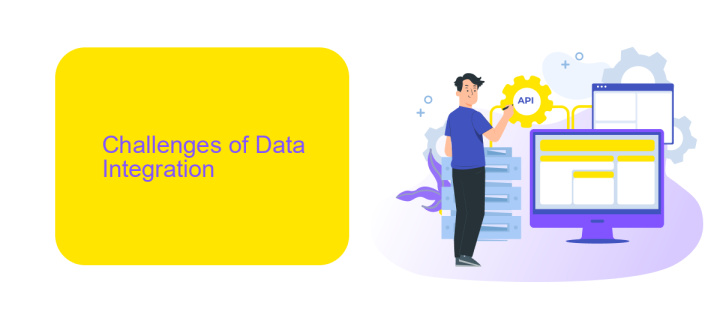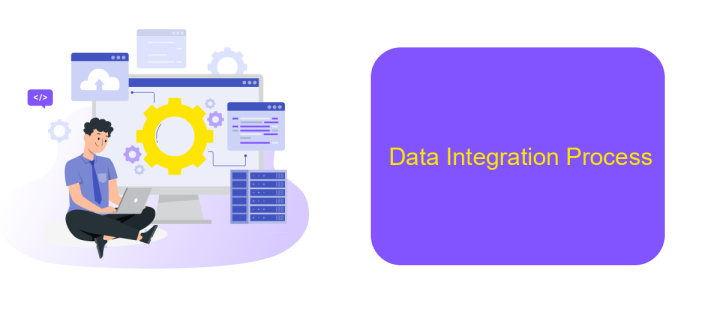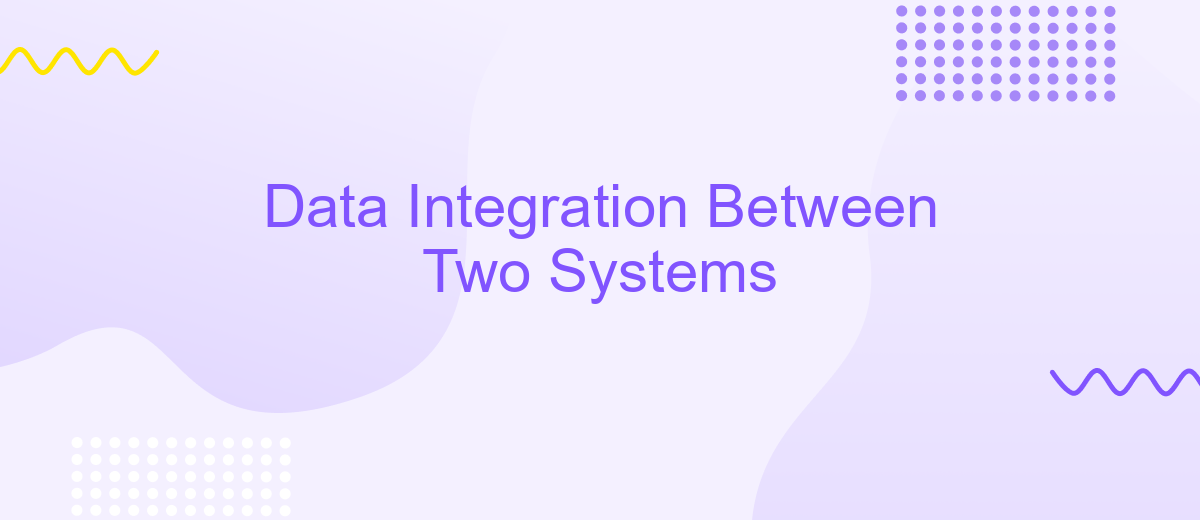Data Integration Between Two Systems
In today's interconnected world, seamless data integration between systems is crucial for efficient operations and informed decision-making. This article explores the methodologies, challenges, and best practices for integrating data between two disparate systems, ensuring data consistency, accuracy, and accessibility. By leveraging modern integration tools and techniques, organizations can achieve a unified data landscape, enhancing their overall performance and competitive edge.
Overview
Data integration between two systems is a crucial process for ensuring seamless data flow and operational efficiency. This process involves combining data from different sources and providing users with a unified view. Effective data integration can help organizations streamline their workflows, improve data accuracy, and enhance decision-making capabilities.
- Data Extraction: Retrieving data from various sources.
- Data Transformation: Converting data into a compatible format.
- Data Loading: Importing the transformed data into the target system.
- Data Synchronization: Ensuring data consistency across systems.
- Data Governance: Managing data quality and compliance.
Using tools like ApiX-Drive can simplify the integration process by automating data transfers and synchronizations between different platforms. ApiX-Drive supports a wide range of applications, allowing businesses to connect their systems without requiring extensive technical expertise. This not only saves time but also reduces the risk of errors, making it an invaluable resource for effective data integration.
Challenges of Data Integration

Data integration between two systems often presents significant challenges, primarily due to differences in data formats, structures, and protocols. Incompatible data formats can lead to data loss or corruption during the integration process. Additionally, varying data structures may require complex transformations to ensure compatibility. Ensuring data quality and consistency across both systems is another critical challenge, as discrepancies can lead to inaccurate or incomplete information.
Another major challenge is maintaining data security and privacy during the integration process. Sensitive information must be protected against unauthorized access and breaches. Furthermore, the integration process can be time-consuming and resource-intensive, requiring specialized tools and expertise. Services like ApiX-Drive can simplify this process by providing automated solutions for data integration. ApiX-Drive offers a user-friendly interface and supports various data formats and protocols, reducing the complexity and time required for integration. However, careful planning and continuous monitoring are essential to address these challenges effectively.
Benefits of Data Integration

Data integration between two systems offers numerous advantages that can significantly enhance business operations. By merging data from disparate sources, organizations can achieve a more comprehensive view of their processes and make more informed decisions.
- Improved Data Accuracy: Integrating data from multiple sources reduces the risk of errors and inconsistencies, ensuring that all systems are working with the most accurate and up-to-date information.
- Enhanced Efficiency: Automation of data transfer between systems saves time and reduces the need for manual data entry, allowing employees to focus on more strategic tasks.
- Better Decision-Making: With a unified data set, organizations can perform more thorough analysis, leading to better insights and more informed decision-making.
- Cost Savings: Streamlining data processes and reducing redundancies can lead to significant cost savings over time.
- Scalability: Integrated systems can easily scale to accommodate growing data volumes and evolving business needs.
Services like ApiX-Drive facilitate seamless data integration by offering user-friendly tools that connect various applications without the need for extensive coding. This enables businesses to quickly set up and manage integrations, ensuring that their data flows smoothly and efficiently across all systems.
Data Integration Process

Integrating data between two systems is a multi-step process that ensures seamless data flow and consistency. The first step involves identifying the data sources and understanding the data structures of both systems. This foundational understanding is crucial for mapping data fields correctly and avoiding potential data mismatches.
Once the data sources are clearly defined, the next step is to select the right integration tool. ApiX-Drive is a popular choice for this purpose, offering a user-friendly interface and robust features to automate data transfer between systems. ApiX-Drive supports various data formats and provides real-time synchronization, making it an ideal solution for businesses looking to streamline their data integration processes.
- Identify data sources and structures
- Select an appropriate integration tool (e.g., ApiX-Drive)
- Map data fields between systems
- Set up data transfer schedules
- Test and validate the integration
After setting up the integration, it is essential to test the data flow to ensure accuracy and completeness. Regular monitoring and maintenance are also necessary to address any issues that may arise and to keep the integration running smoothly. By following these steps, organizations can achieve efficient and reliable data integration between their systems.
- Automate the work of an online store or landing
- Empower through integration
- Don't spend money on programmers and integrators
- Save time by automating routine tasks
Best Practices for Data Integration
When integrating data between two systems, it is crucial to ensure data consistency and accuracy. Start by defining clear data integration goals and identifying the data sources. Use a robust ETL (Extract, Transform, Load) process to extract data from the source, transform it into a compatible format, and load it into the target system. Regularly monitor the integration process to detect and resolve any issues promptly. Additionally, ensure that data is consistently backed up to prevent data loss.
Utilizing integration services like ApiX-Drive can streamline the data integration process. ApiX-Drive offers an intuitive interface that allows you to connect various systems without extensive coding. It supports real-time data synchronization, ensuring that the data in both systems is always up-to-date. Moreover, ApiX-Drive provides tools for data mapping and transformation, making it easier to harmonize data from different sources. By leveraging such services, you can enhance the efficiency and reliability of your data integration efforts.
FAQ
What is data integration between two systems?
Why is data integration important?
What challenges can arise during data integration?
How can I automate the data integration process?
What should I consider when choosing a data integration tool?
Routine tasks take a lot of time from employees? Do they burn out, do not have enough working day for the main duties and important things? Do you understand that the only way out of this situation in modern realities is automation? Try Apix-Drive for free and make sure that the online connector in 5 minutes of setting up integration will remove a significant part of the routine from your life and free up time for you and your employees.


